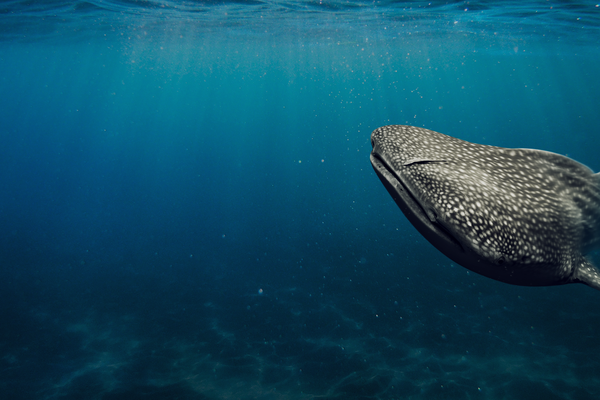Pesky neighbours: diet strategies of reef fish in coastal ecosystems
A new study that uses DNA metabarcoding on cryptic red snapper species (family Lutjanidae), has provided new insights into their diet strategies and adaptations required for their coexistence.
Biologists such as G.F. Gause and Charles Darwin have said that “complete competitors cannot coexist”. This is in relation to the competitive exclusion principle; or simply put, two species that occupy the same niche cannot coexist. Hence, niche partitioning is a fundamental process that leads to adaptation and coexistence of species within an ecosystem by allowing each of them to feed on different prey or occupy different microhabitat. Is this the case for red snappers off the coast of Northwestern Australia? Our study confirmed that it is.
Crimson (Lutjanus erythropterus) and saddletail (Lutjanus malabaricus) snapper are sympatric (inhabit the same region) red snappers that coexist in the tropical and subtropical Indo-Pacific region. They are each other’s closest relative in evolutionary trees and the juveniles look incredibly similar to each other (i.e. visually cryptic).

Saddletail Snapper (Lutjanus malabaricus), from iNaturalist (Ian Banks)
Image: Ian Banks© Ian Banks

Crimson Snapper (Lutjanus erythropterus), from iNaturalist (John Sear)
Image: John Sear© John Sear
How can such phylogenetically, morphologically and ecologically closely allied species coexist? This is what we explored in our study. We investigated the diets of juvenile and adult snappers using a DNA metabarcoding technique, in order to identify what prey they were eating. Over 9 million DNA sequences were generated from the juvenile and adult gut contents, which were then matched against barcode sequences in a reference DNA database.

Metabarcoding workflow in the ultra-trace module of the Trace and Environmental DNA (TrEnD) laboratory at Curtin University, WA
Image: Matthew Power© Sarah Crump
The composition in the guts of each snapper species was significantly different. For example, adult L. malabaricus appear to feed on a variety of malacostracan crustaceans (such as prawns, crabs and mantis shrimps) whereas adult L. erythropterus appear to feed on bony fish and soft bodied invertebrates (e.g. medusae, comb jellies and tunicates), and notably with no crustaceans in their diet.
Ecological morphology (the relationship between species morphology and the environment in which it lives or prey that it targets) may explain the differences in diet that we detected between these species. For example, a slightly larger mouth for L. malabaricus results in an increased force for suction feeding, which may explain how it can feed on a variety of crustaceans. In contrast, L. erythropterus, with a much smaller mouth, may have shifted their choice to other prey such as medusae, comb jellies and tunicates, as they are much slower swimmers and have softer bodies compared to crustaceans.
The contrasting diet composition between these species may also imply that they have different vulnerabilities to a changing environment. For instance, L. malabaricus adults, whose primary diet consisted of crustaceans (which typically inhabit the sediment layer), may be more susceptible to habitat degradation than L. erythropterus adults, who predominantly feed on diet items suspended in the water column. These are important considerations for ecosystem-based fisheries management, given that both species support fisheries through their distributional ranges.
This study also highlighted how a different diet between the juveniles and adults of each species may be associated with life cycle migrations, which are common in coral reef fish species. Fish often migrate from mangrove and/or seagrass nurseries as juveniles to coral reefs as adults. This suggests that life history stages may not only be a strategy to provide refuge from predation, but that it can also separate resources to minimise intra-specific competition.
So how have these pesky neighbours learnt to live with each other? By varying their diet and life history stages, even though they are closely related snapper species.
Miwa Takahashi, PhD student, School of Molecular and Life Sciences, Curtin University
Joseph DiBattista, Scientific Officer, Curator Ichthyology, Australian Museum Research Institute
More information:
Takahashi, M., DiBattista, J.D., Jarman, S., Newman, S.J., Wakefield, C., Harvey, E.S., and Bunce, M. (in press) Partitioning of diet between species and life history stages of sympatric and cryptic snappers (Lutjanidae) based on DNA metabarcoding. Scientific Reports, 10: 4319. https://doi.org/10.1038/s41598-020-60779-9










